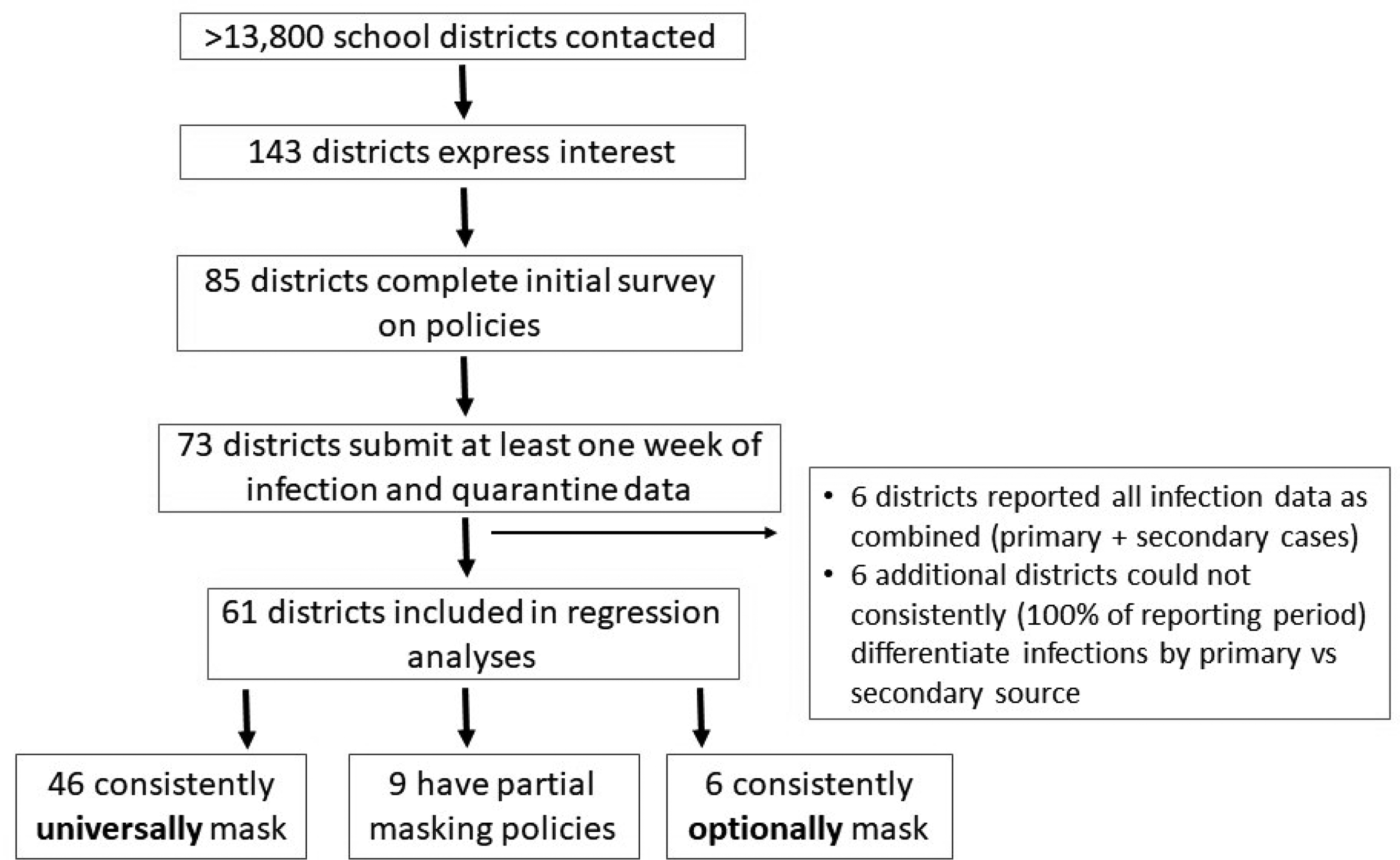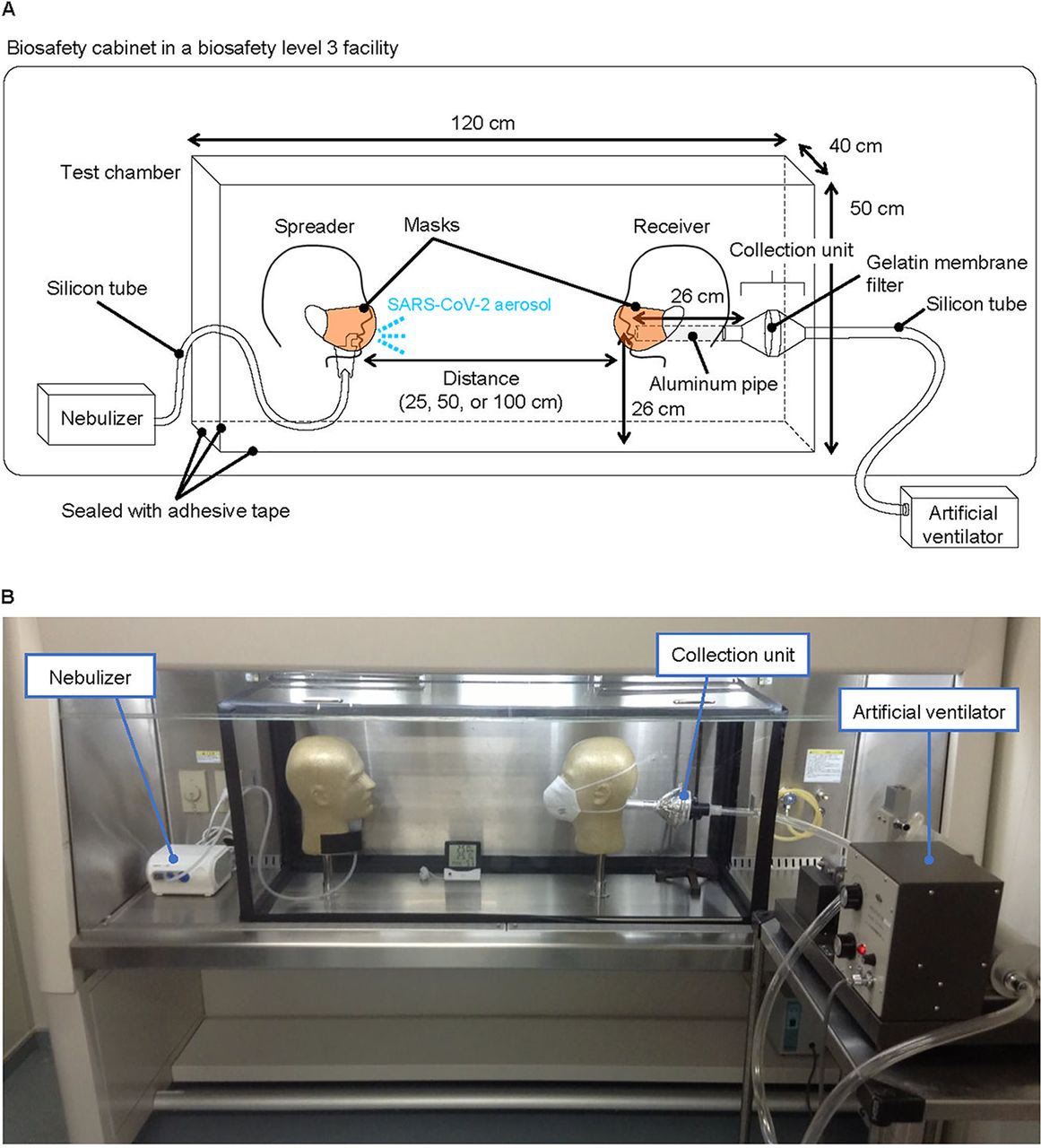Mask Research and Information

Project N95 is dedicated to providing research and resources regarding the COVID-19 pandemic. A crucial factor in our protection against COVID-19 is the use of masks. Currently, there is a variety of information surrounding masking with new research being published constantly. Below, you will find a plethora of different research articles regarding masks and their efficacy.
Learn More About Mask Research
See these helpful resources for more information and guides to find additional research, evidence, data, and due-diligence, specificially in supporting the effectiveness of Masking to reduce respiratory transmission of disease and exposure to other airborne contaminants.
-
The Annals of Research Collection of Studies A collection of research studies on the effectiveness of Masking
-
Eric Topol Substacks "Ground Truths" Eric Topol heads up a biomedical institute at Scripps Research and talks with colleagues there frequently, along with many respected leaders in these fields around the world. He is a cardiologist, still practicing, with some expertise in genomics, digital and artificial intelligence.
-
Your Local Epidemiologist Dr. Katelyn Jetelina has a Masters in Public Health and PhD in Epidemiology and Biostatistics. The purpose of this newsletter is "to provide a direct line of 'translated' public health science to the local, national, and international community".
-
CDC.gov "MMWR" Morbidity and Mortality Weekly Report.
-
Mayo Clinic Mask related information from Mayo Clinic.



